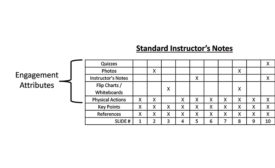Safety Training & Incentives
Cookie-cutter training doesn’t cut it
You should accommodate the diversity of your workforce
June 1, 2016
Avoid low attention/low retention training
8 attributes for engaging your employees
June 1, 2016
ISEA safety course graduates its 1,500th Student
Expansion plans are underway
April 7, 2016
Never miss the latest news and trends driving the safety industry
eNewsletter | Website | eMagazine
JOIN TODAYCopyright ©2024. All Rights Reserved BNP Media.
Design, CMS, Hosting & Web Development :: ePublishing









